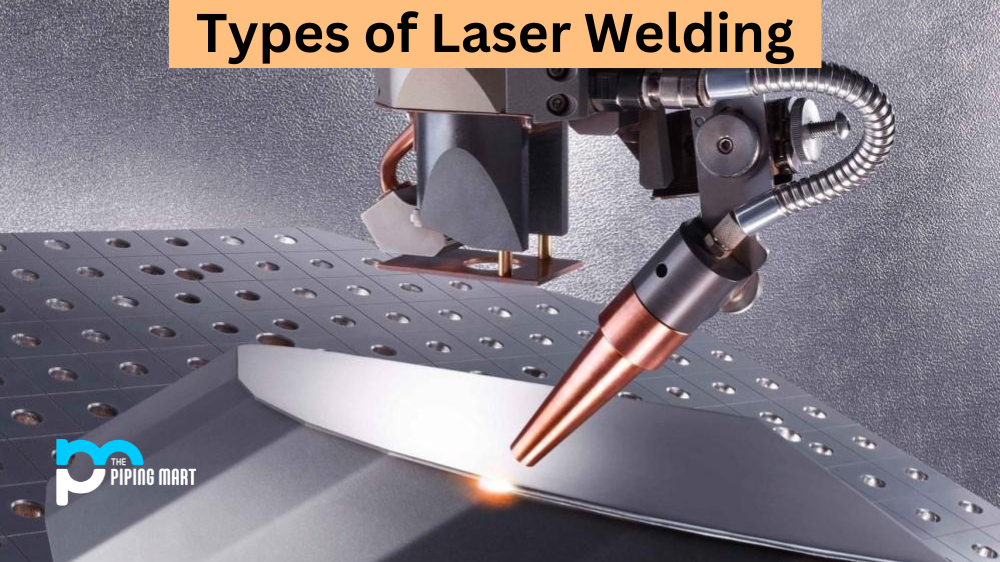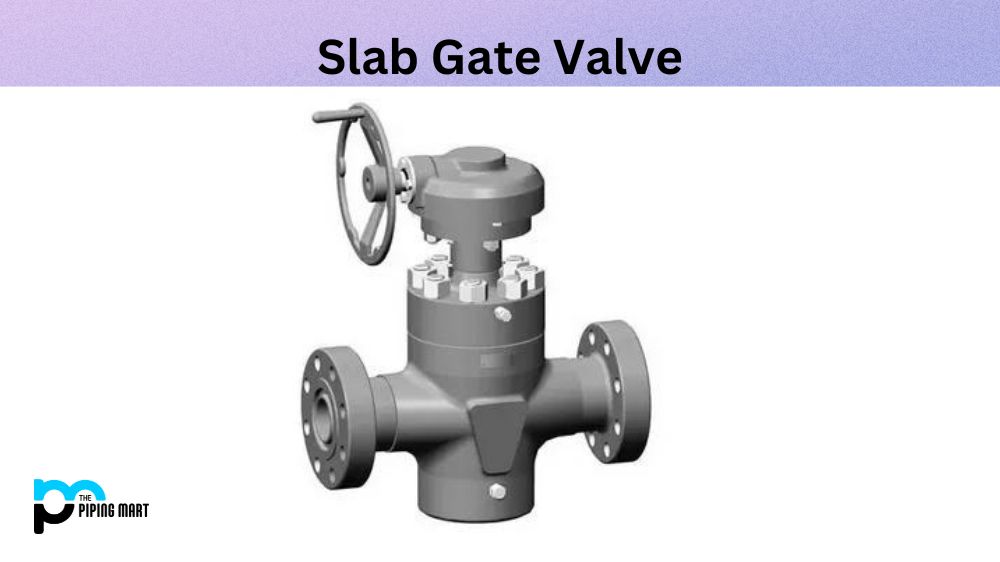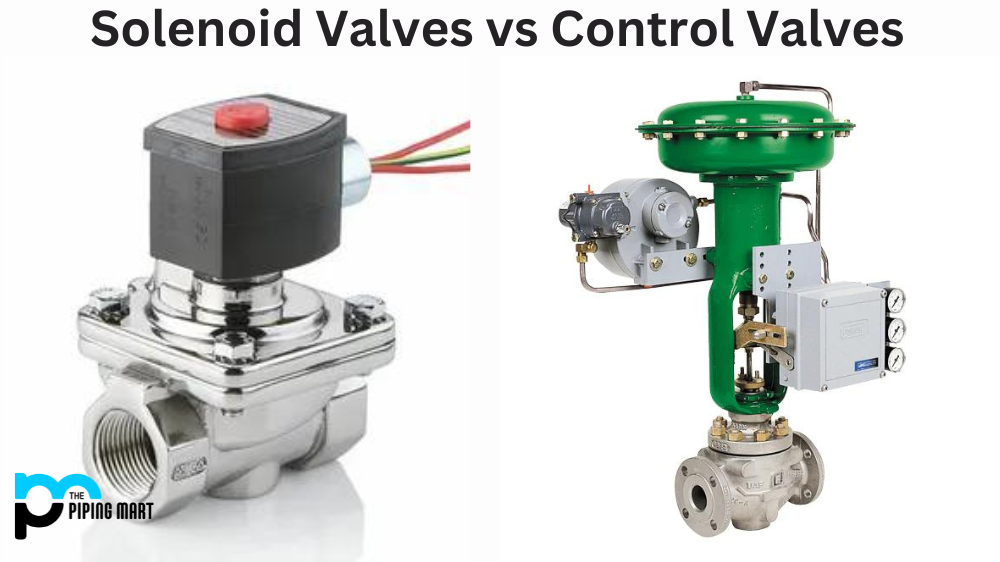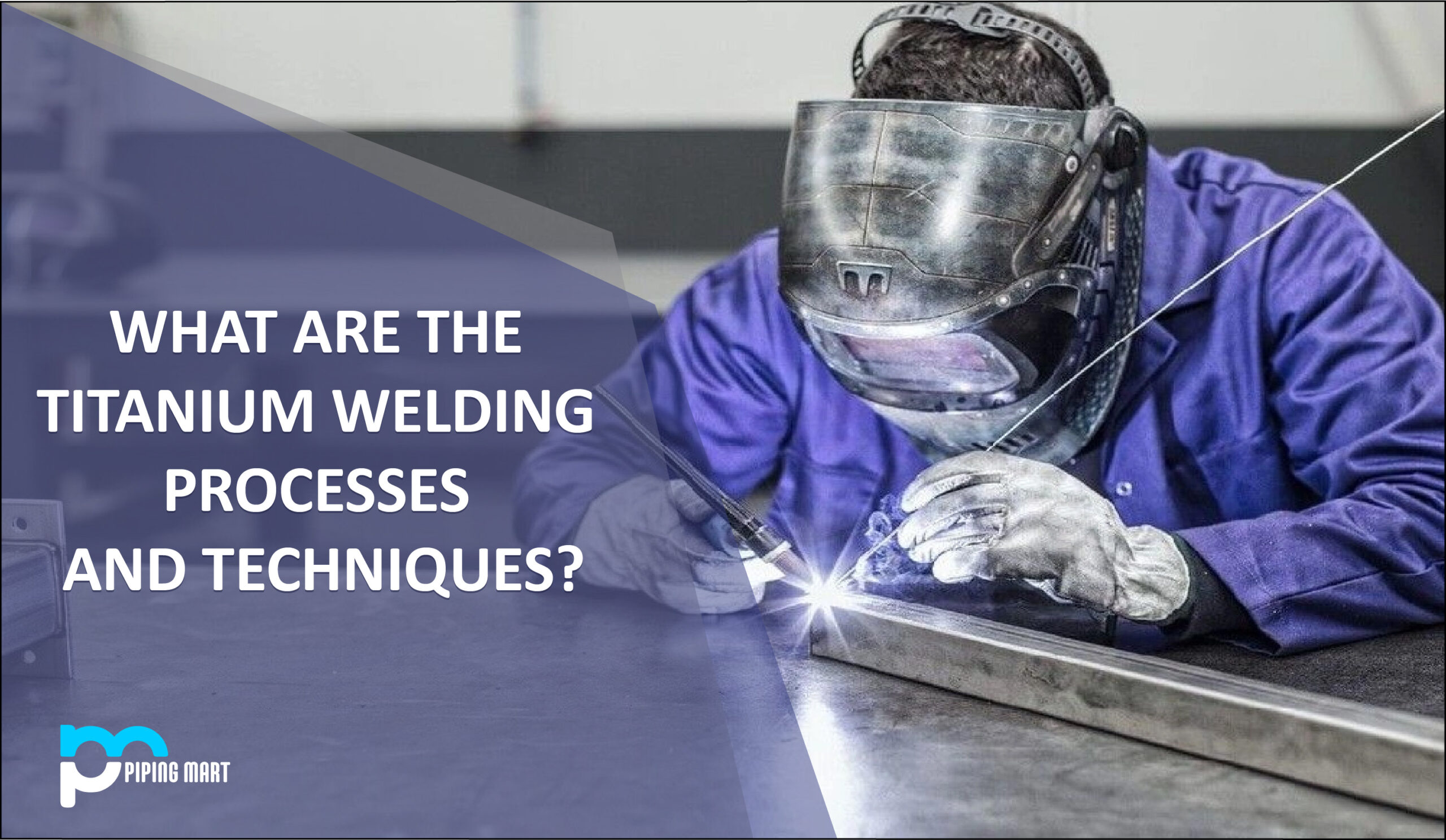Laser welding is a popular method for joining materials together due to its precision, accuracy and repeatability. It is becoming increasingly popular in industries such as automotive, medical and aerospace due to its ability to join dissimilar materials quickly and effectively. In this blog post, we will discuss the different types of laser welding so that you can decide which type is best suited for your application.
YAG and CO2 Laser Welding
Nd: YAG (Neodymium-doped Yttrium Aluminum Garnet) laser welding uses a beam of infrared light at 1,064 nanometers in wavelength to generate heat and melt the material being welded. This type of laser welding tends to be most effective with thinner materials such as sheet metal or thin-gauge tubing. It also produces low heat distortion and minimal spatter, making it ideal for applications where precise or intricate shapes must be welded without causing damage to surrounding areas.
CO2 Laser Welding
CO2 laser welding uses a beam of invisible light at 10.6 microns in wavelength to generate heat in the material being welded. As compared to Nd: YAG laser welding, CO2 lasers can produce deeper penetration into thicker materials such as aluminium or stainless steel alloys. Additionally, CO2 lasers emit less heat than other types of lasers, which makes them more suitable for applications where excessive heat may cause damage or distortion on the surrounding components.
Depending on your application and the materials you are working with, you may also consider using fibre laser welding or diode-pumped solid-state (DPSS) laser welding as well. Fibre lasers use optical fibre as their gain medium instead of a gas mixture like CO2 or Nd: YAG lasers do; they are capable of producing very high power outputs from relatively small sources, which makes them suitable for automated processes where space is limited. DPSS lasers use two different wavelengths; one wavelength causes absorption while the other causes ablation, which makes them suitable for cutting hard materials such as titanium alloys with high thermal conductivity which cannot be cut by traditional methods such as oxy-fuel cutting or plasma cutting.
Conduction Mode
Conduction mode laser welding utilizes a beam of electromagnetic radiation to generate heat in the area being welded and is used primarily for thinner materials. This type of welding deposits energy into the part, mainly at the interface between the two pieces that are to be joined. Conduction mode welding provides superior accuracy with minimal heat-affected zones, which results in a highly precise and aesthetically pleasing weld. It also produces minimized distortion, which can be beneficial for the stability of parts and longer service life. Additionally, due to its high degree of precision, it can also be used for complicated welding parts. Lasers can offer a major advantage over traditional forms of welding as they produce no contact needed between parts or tools, resulting in an efficient process that requires fewer steps from start to finish.
Keyhole Welding
Keyhole welding is a type of laser welding that uses a beam focused on a tight spot of intense energy. This technique has great power and, therefore, can be used to weld thick steel components quickly and with precision. When keyhole welding is used, the heat from the high-energy beam melts the material being welded, causing it to evaporate. The molten material basically forms its own cavity while ejecting molten material, which is then filled in with a filler piece or bead. A major benefit of this process is that the welds produced are smooth, uniform, and high quality – far superior to other traditional methods of welding, such as arc and gas welding. Additionally, since the process eliminates nearly all fumes, sparks, smoke and grinding waste, it can make certain operations much safer.
Conclusion:
In conclusion, there are many different types of laser welding available today, depending on your specific needs and requirements. By taking into account what type of material you’re working with, how thick it is and what level of precision you require, you can make an informed decision on which type of laser welding will work best for your application. With the right choice of equipment, you can ensure that your parts are joined together properly without sacrificing quality or accuracy!

Abhishek is a seasoned blogger and industry expert, sharing his insights and knowledge on various topics. With his research, Abhishek offers valuable insights and tips for professionals and enthusiasts. Follow him for expert advice on the latest trends and developments in the metal industry.




